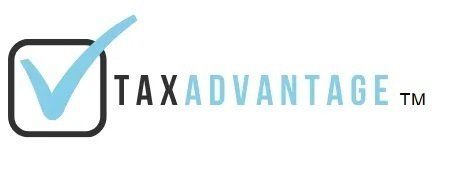Capital gains are another term for the calculated profits from the sale of some type of asset — shares of stock, a piece of land, real property, a business, etc. Capital gains are generally considered taxable income. The holding time (i.e. how long you owned the asset) will determine the taxability of the asset.
Types of Capital Gains Taxes
Short-term capital gains tax refers to tax on profits from the sale of an asset held for less than one year. The short-term capital gains tax rate equals your ordinary income tax rate — your tax bracket.
Long-term capital gains tax is a tax on profits from the sale of an asset held for more than a year. The long-term capital gains tax rate is 0%, 15% or 20% depending on your taxable income and filing status. They are generally lower than short-term capital gains tax rates.
How Capital Gains are Calculated
- Capital gains taxes can be assessed on several types of investments (stocks, bonds, real estate, business, etc.)
- The difference between the sales proceeds and the basis in these assets is deemed to be the net gain, which is subject to the capital gains tax. If you lose money on the sale (the basis is higher than the proceeds from sale) you can offset your capital gains with the losses, also referred to as your “net capital gain”
- The difference between your capital gains and your capital losses is called your “net capital gain.” If your losses exceed your gains, you can deduct the difference on your tax return, up to $3,000 per year ($1,500 for those married filing separately).
- Capital gains taxes are a progressive tax, which means the rates increase as the taxpayer’s income increases. See the tables earlier in this article.
Watch Out for Two Things
- Rule exceptions. The tables provided below apply to most capital assets, but there are some exceptions. Long-term capital gains on collectible coins, precious metals, antiques and fine art) are generally taxed at 28%. Short-term gains on such assets are taxed at the ordinary income tax rate.
- The net investment income tax. High income earners may be subject to what is commonly referred to as the Obamacare tax (net investment income tax). Some investors may owe an additional 3.8% that applies to whichever is smaller: your net investment income or the amount by which your modified adjusted gross income exceeds the amounts listed below.
The income thresholds that might make investors subject to this additional tax:
- Single or head of household: $200,000
- Married, filing jointly: $250,000
- Married, filing separately: $125,000
How to Minimize Capital Gains Taxes
Don’t Sell the Assets
If it is possible, you should not sell your capital assets held for less than one year. Short term capital gains tax rates have the potential to be significantly higher than long term capital gains rate
Like Kind Exchange (Section 1031 Exchange)
Like-kind exchanges — when you exchange real property used for business or held as an investment solely for other business or investment property that is the same type or “like-kind” — have long been permitted under the Internal Revenue Code. Generally, if you make a like-kind exchange, you are not required to recognize a gain or loss under Internal Revenue Code Section 1031. If, as part of the exchange, you also receive other (not like-kind) property or money, you must recognize a gain to the extent of the other property and money received. You can’t recognize a loss.
Section 121 Exclusion on Sale of Primary Residence
If certain qualifications are met (you owned the home and used it as your main residence for at least two years in the five-year period before selling it) all, or a portion of the sale of a primary residence may be excluded from capital gains taxes. If the holding period rules have been met, you can exclude up to $250,000 of capital gains if filing single or $500,000 if married filing jointly.
Defer Capital Gains Through Tax Advantage Accounts
Individual Retirement Accounts, 401(k) retirement plans and 529 college education savings accounts are investment options that allow earnings to grow tax free or tax deferred. Depending on the type of retirement accounts (Roth versus Traditional) the earnings could potentially be tax free or tax deferred.
Carry Losses Over
The IRS limits the deductibility of capital losses to $3,000 per year. If you have losses in excess of this limitation, you are allowed to carry this loss forward indefinitely until there are sufficient capital gains to utilize the capital loss carryover.
Contact Us Today!
Our Tax Advantage team can provide you with the tax expertise you can count on! Whether it’s for your business or for yourself, you can contact us today by visiting our
Contact Page or calling us at
904-241-0050.







